Case 08: Space Experiment
Introduction
The purpose of this course is to introduce students to the components of a space experiment and the knowledge associated with performing a mission on the Moon. Students will use the micro:bit Space Science Kit to learn how to write a program to control the operation of a space experiment.

Teaching Objectives
- Understand how a space experiment is structured and operates.
- Learn about the mission of a space experiment.
- Students will learn how to build and program space experiments.
Instructional Preparation
Before you start the lesson, please make sure you have prepared the following necessary materials:
 | micro:bit V2 |
|---|---|
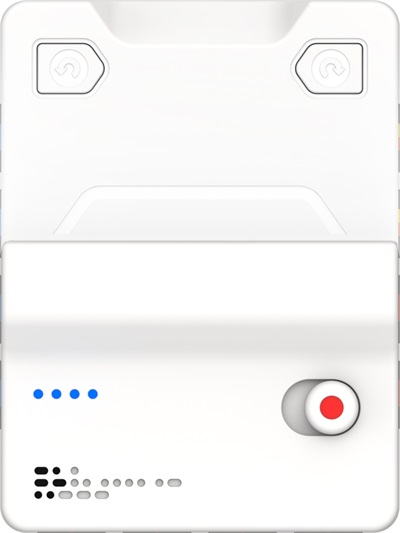 | Nezha Breakout Board V2 |
 | PlanetX Smart Motor |
 | PlanetX DHT11 Sensor |
 | PlanetX WiFi Sensor |
 | PlanetX Soil Moisture Sensor |
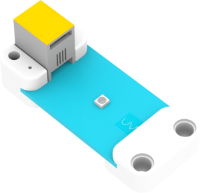 | PlanetX UV sensor |
 | Bricks Pack |
 | USB Cable |
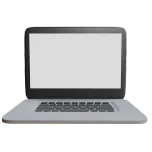 | Computer |
These materials will provide you with a complete experience and ensure that you can follow through and learn smoothly. If you are ready for the above, we can move on to the next step.
Teaching Process
Introducing the lesson
Have you ever thought about what makes up a space experiment and how it works? In this lesson, we will explore how space experiments are constructed from building blocks and how they are controlled by graphical programs.
Ready to explore the world of space travel with the micro:bit Space Science Kit? Now, let's get started on this fun learning journey!
Exploration Activities
- How do you build a space experiment?
- What if you wrote a simple program to make a space experiment run?
- Space ExperimentsHow to experiment in space with space experiments
Case Study
Based on the existing forms and components of space experiments, please open up the discussion and rationalize the design of building block space experiments.
Example
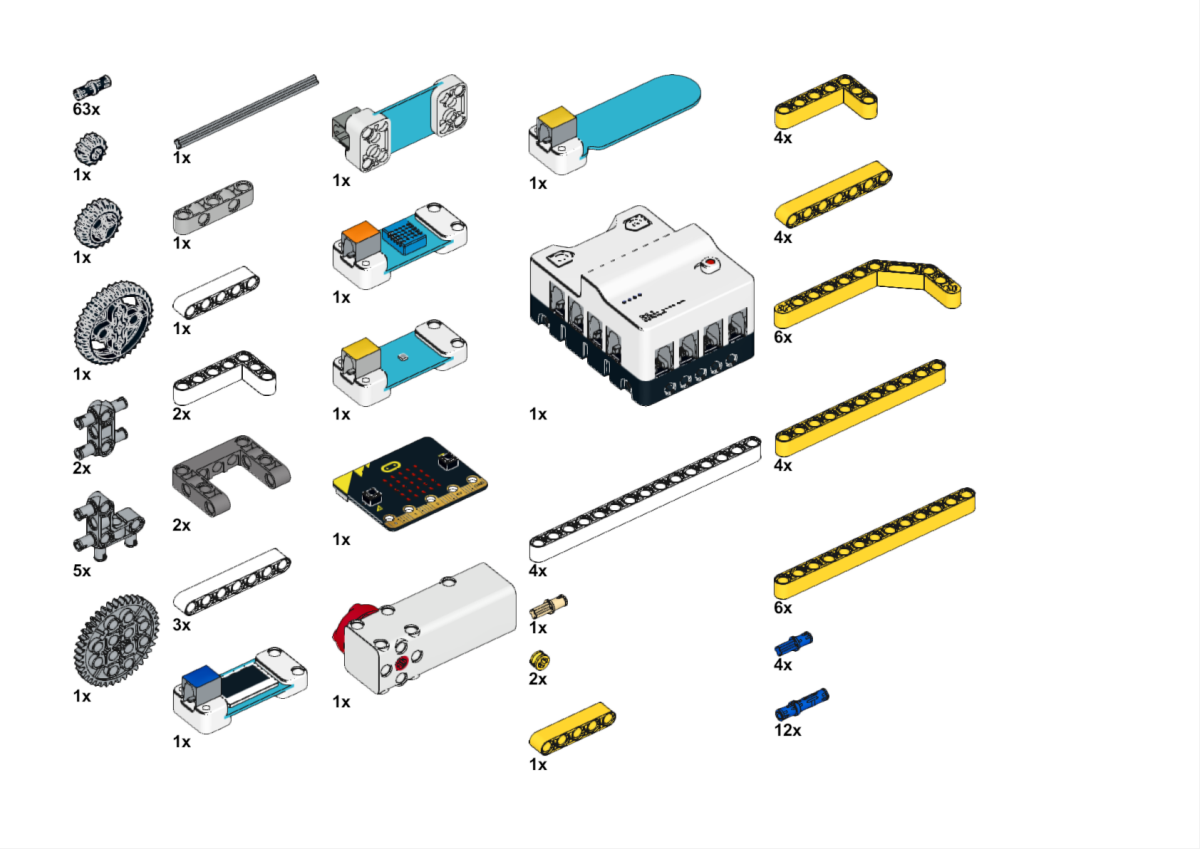

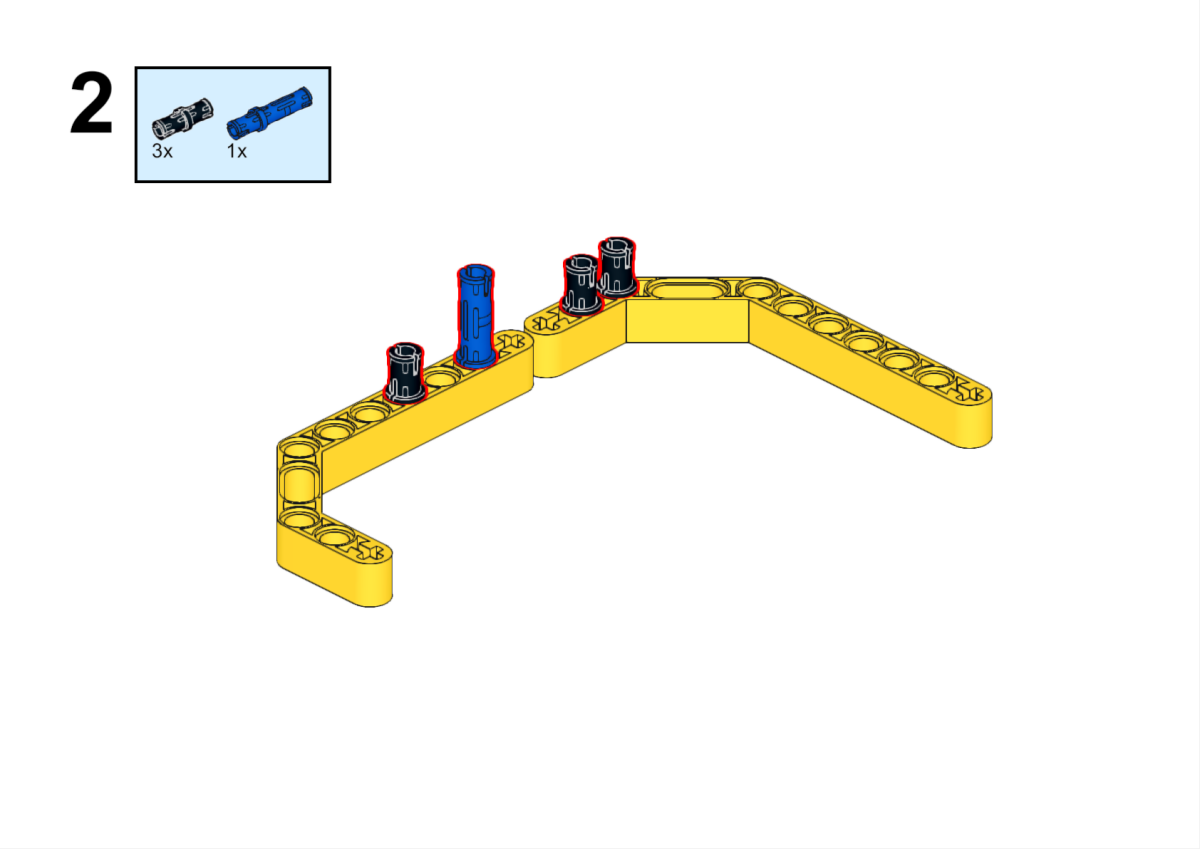

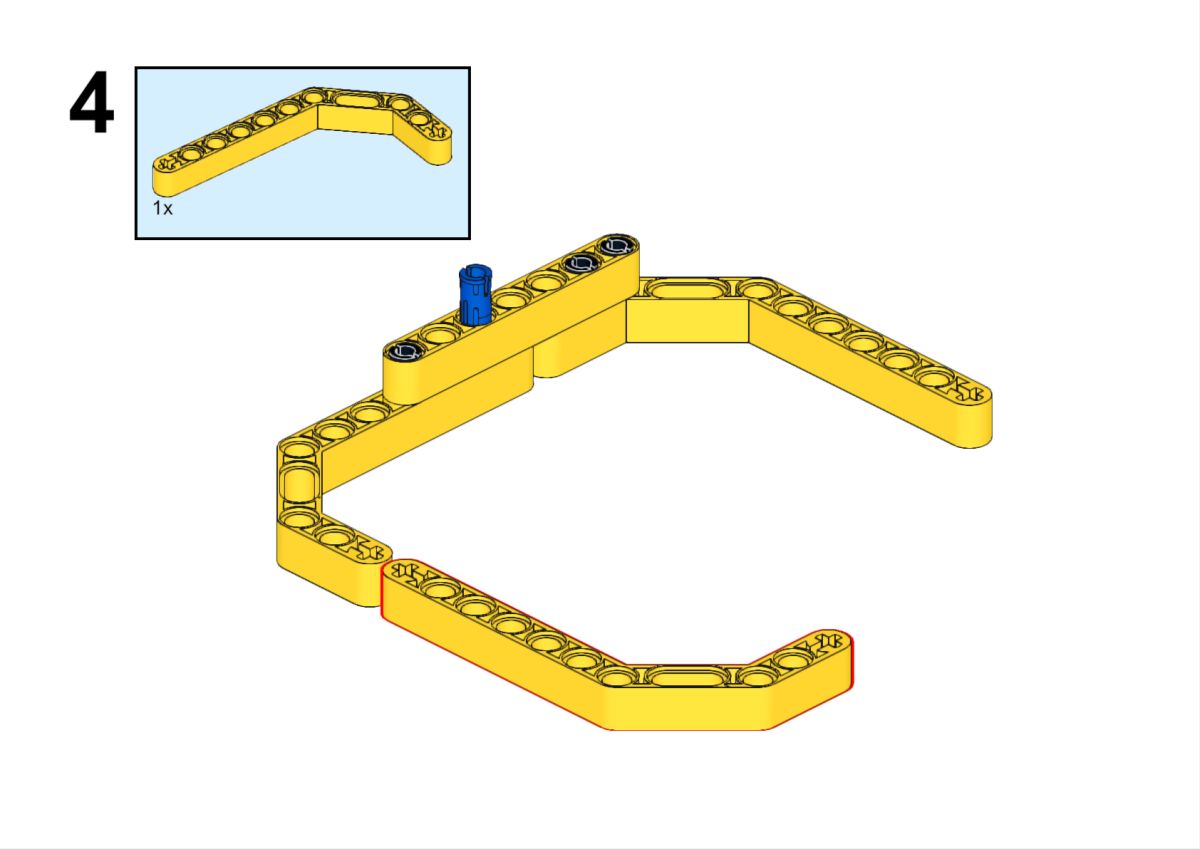




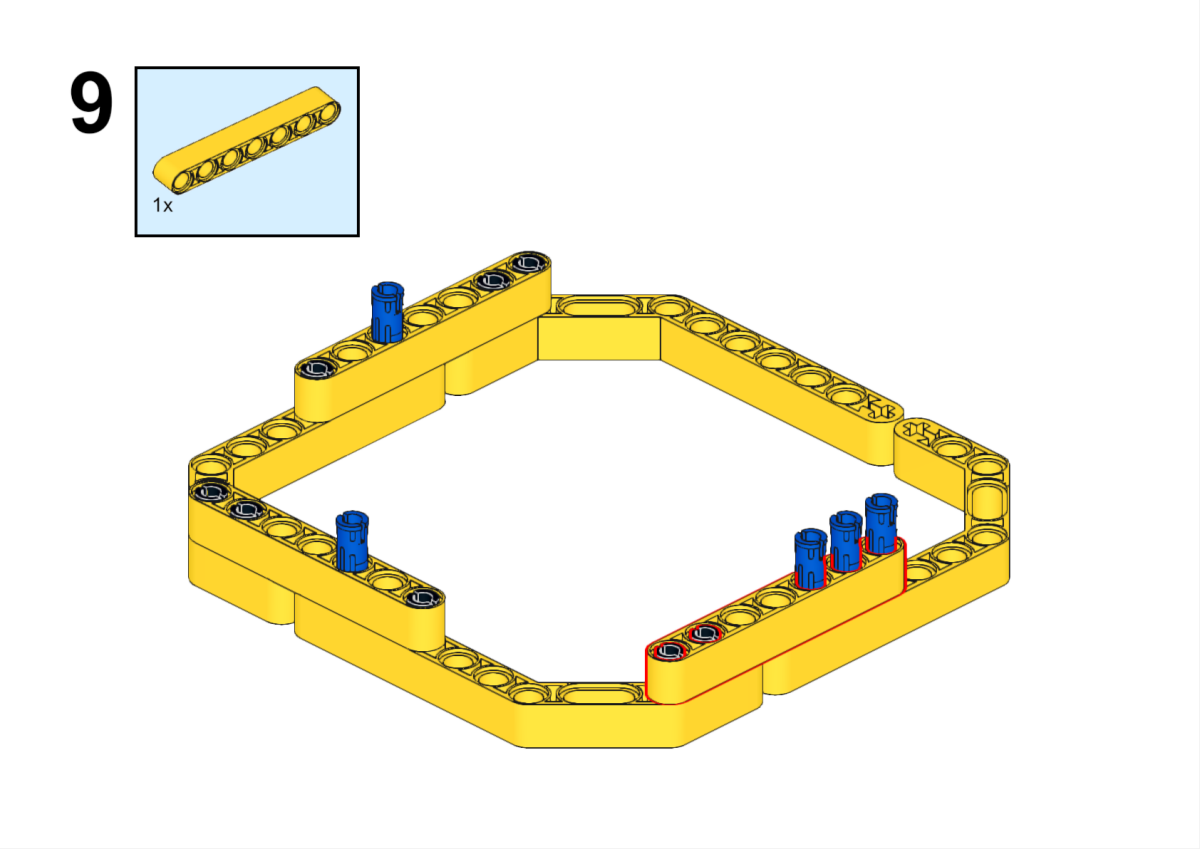



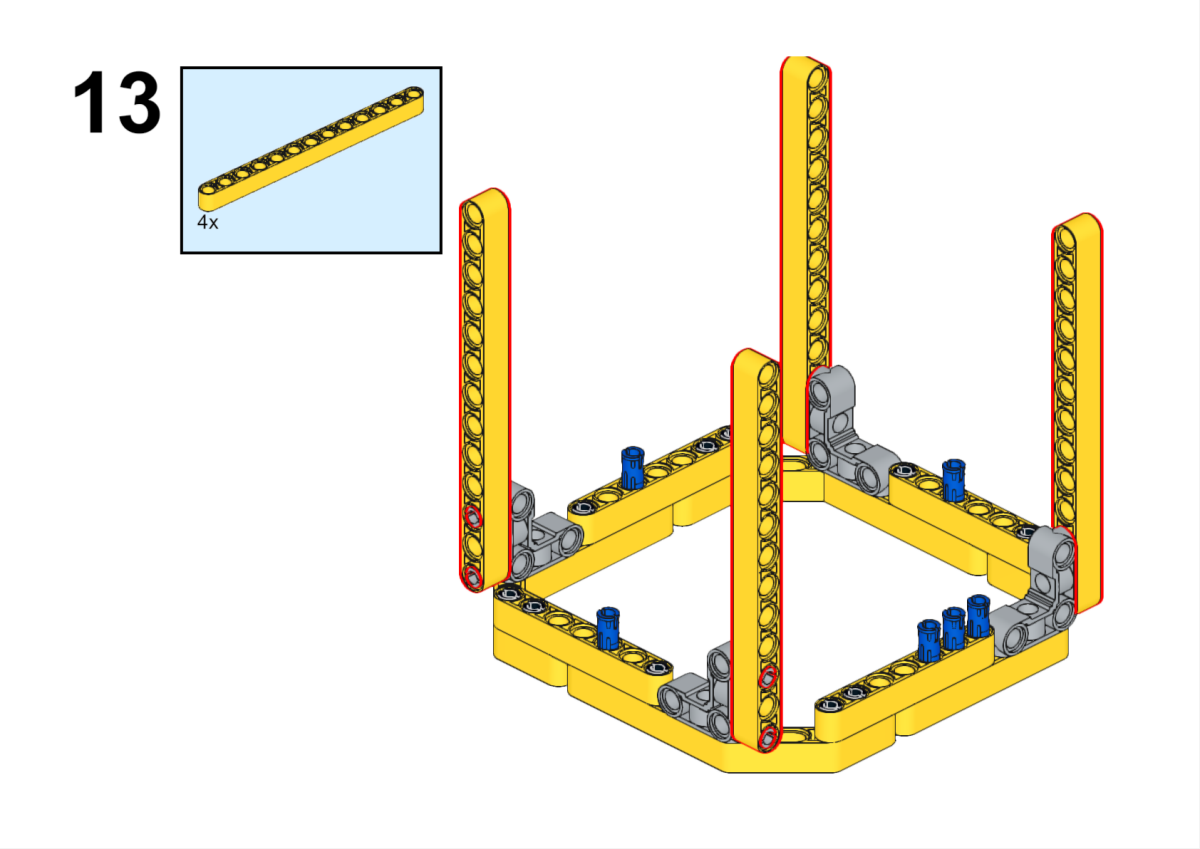

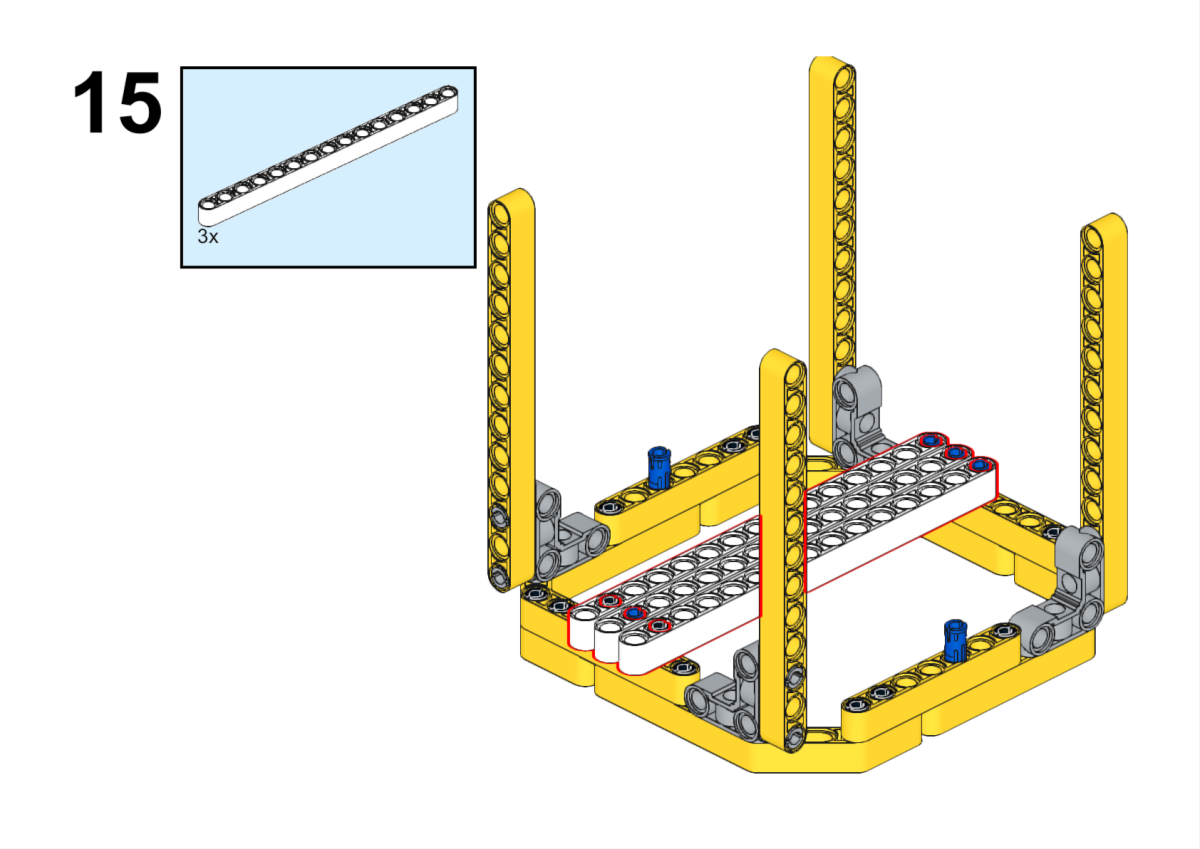


















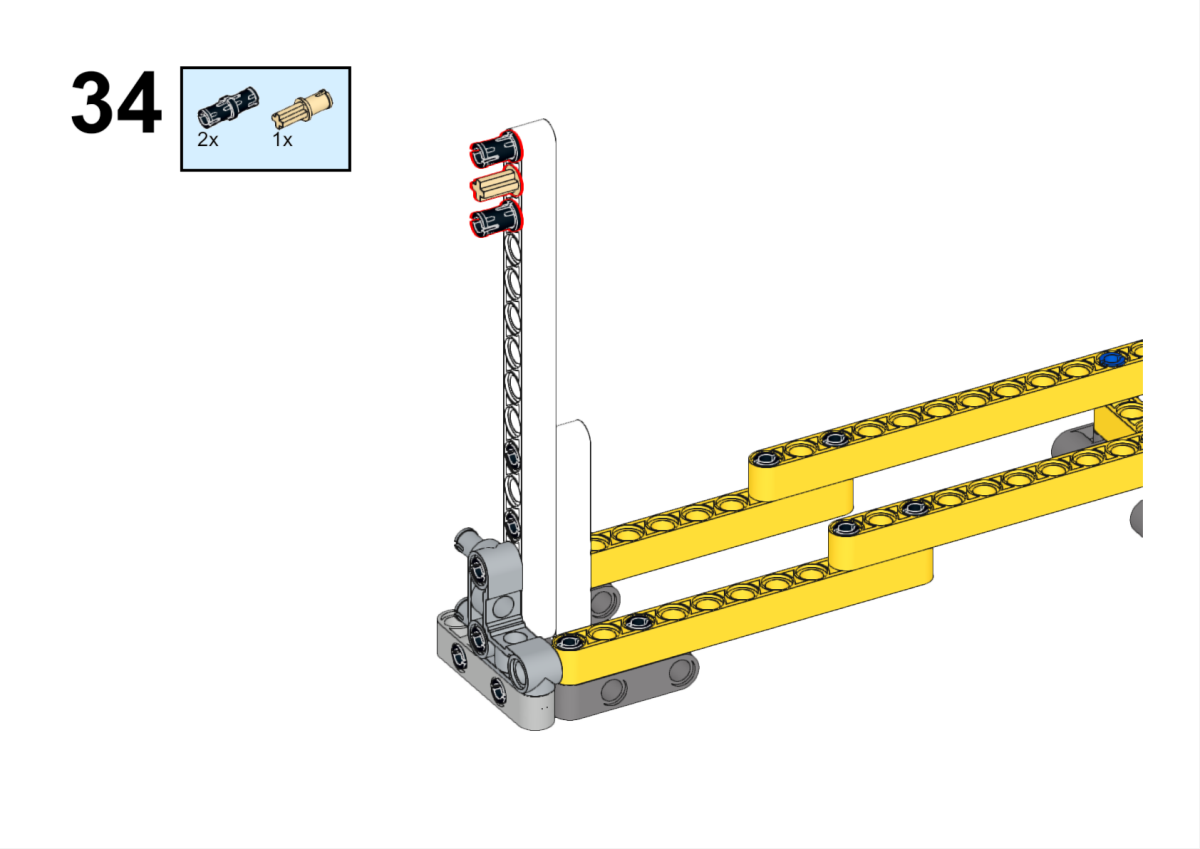

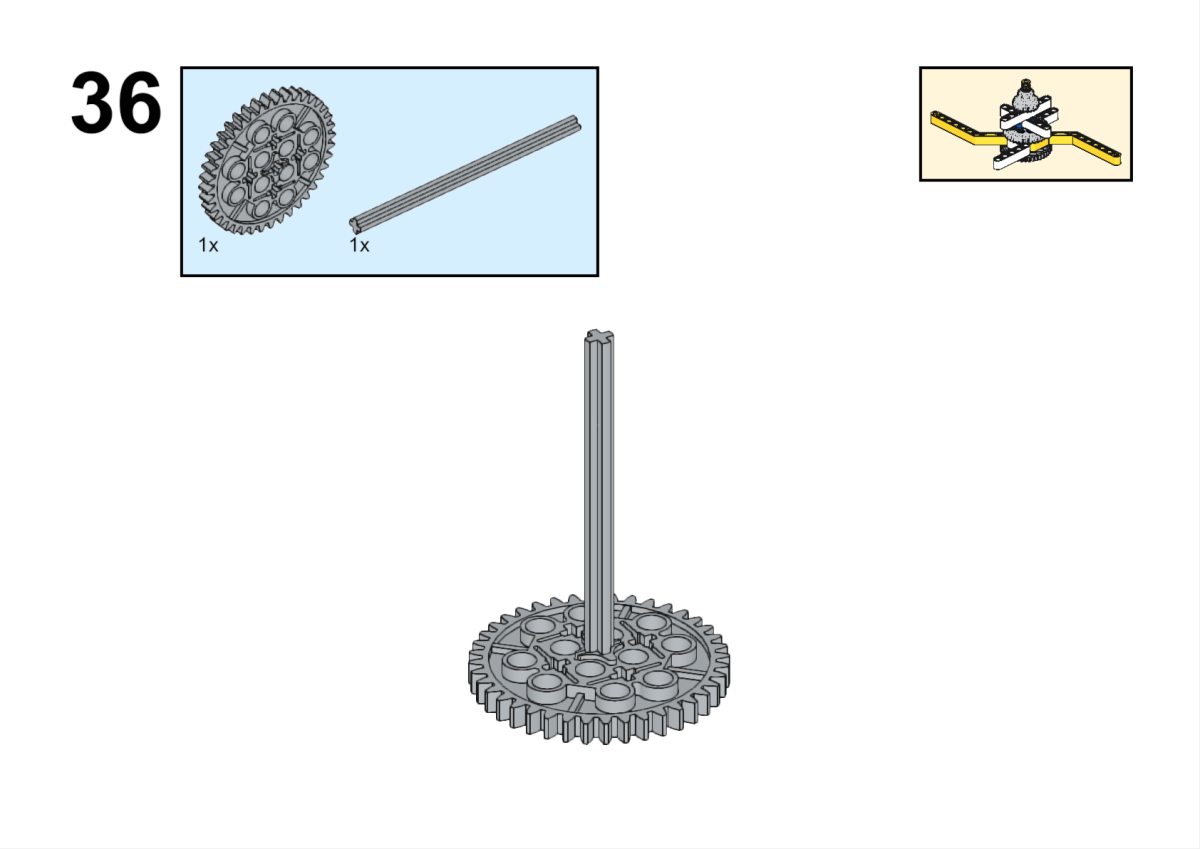













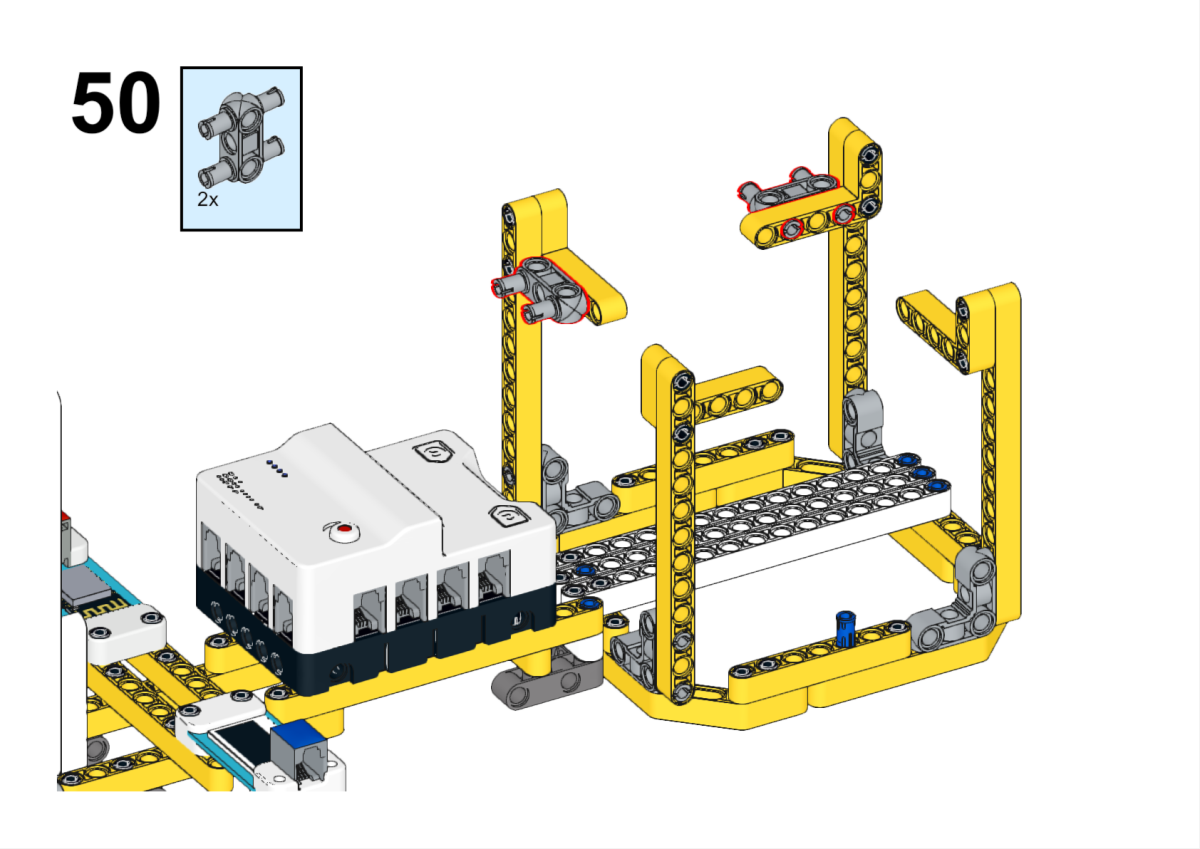
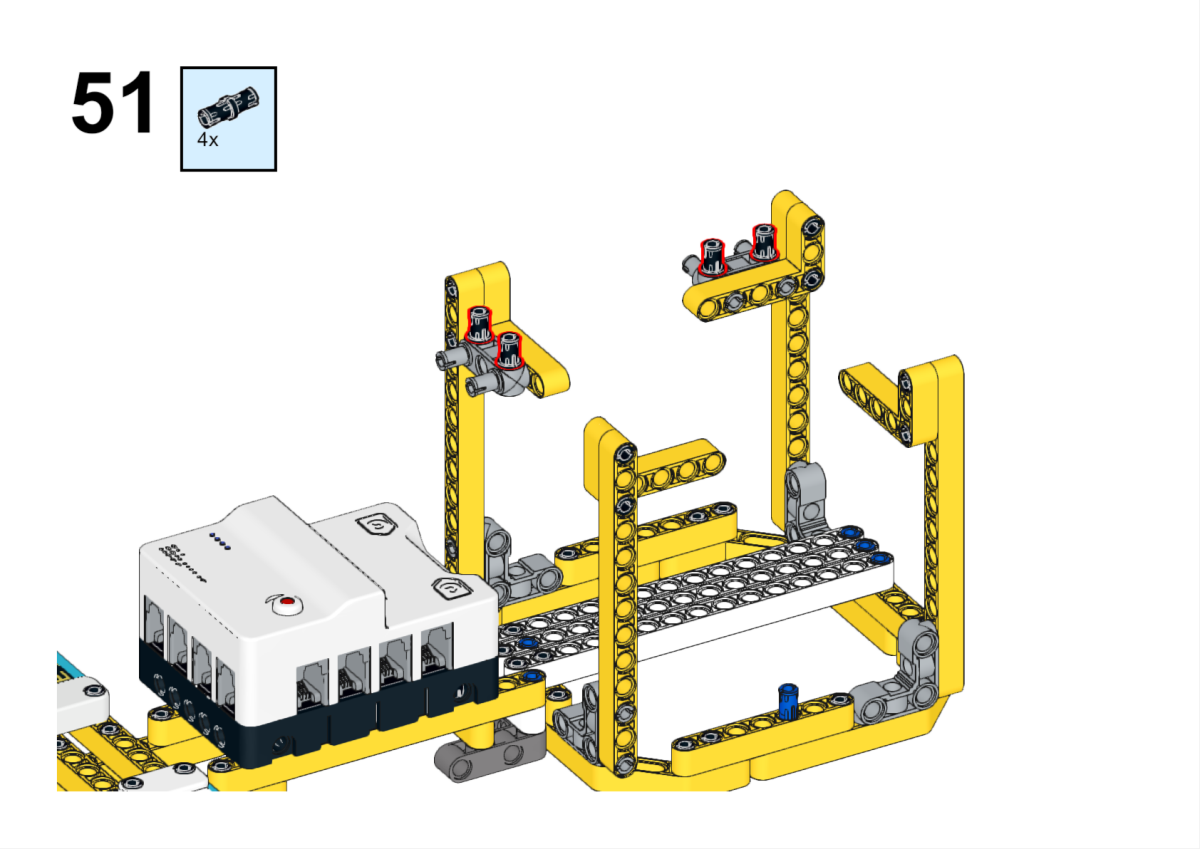


Code Programming
Add software library
Go to "makecode.microbit.org" and click New Project.
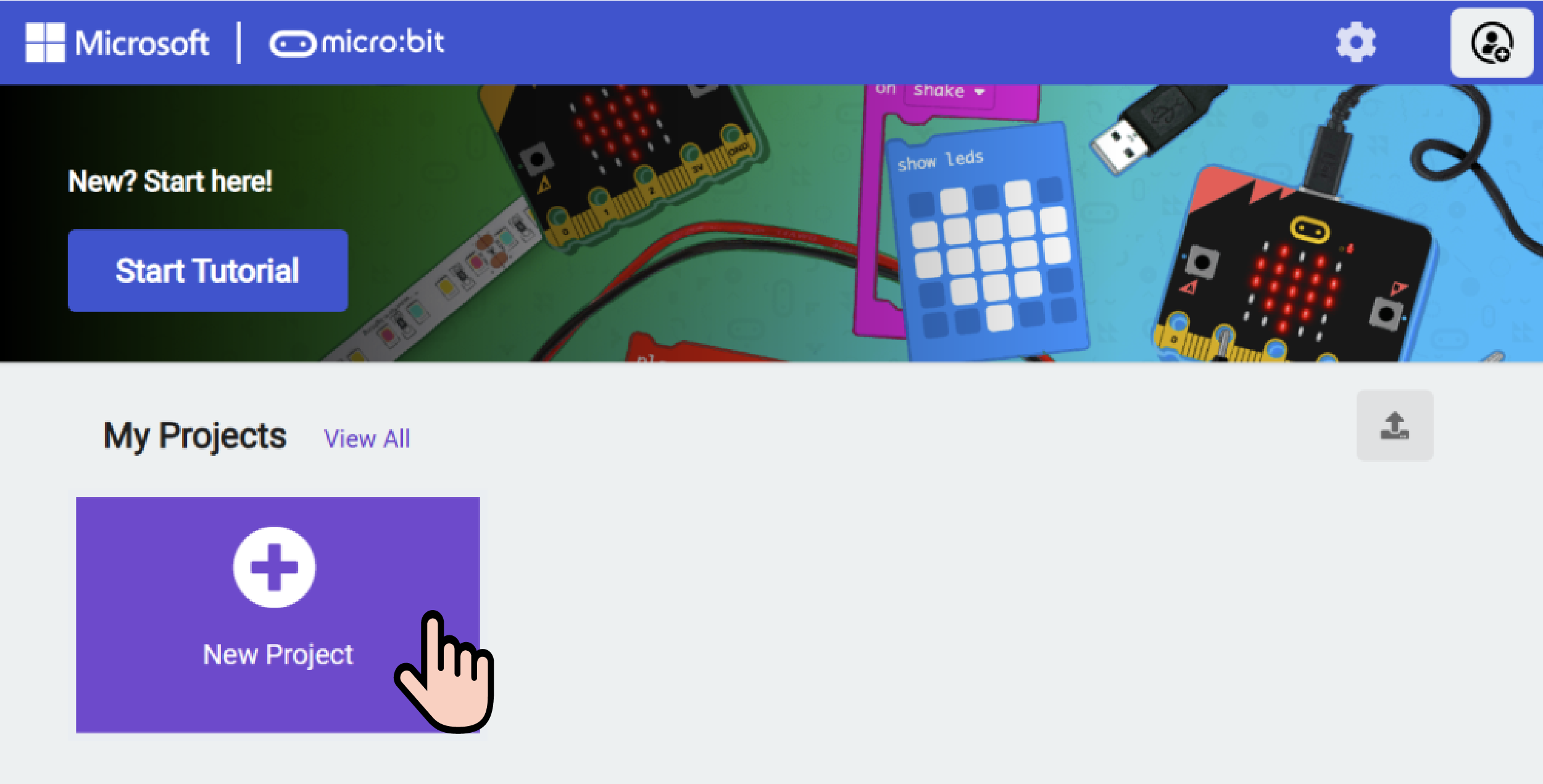
Enter the project name in the pop-up window and click Create.

Click on Extension in the code drawer.

Type nezha2 in the popup and click on the search icon, click on the nezha2 repository when it is displayed. Load the PlanetX library in the same way.

Component Connection
Please refer to the wiring diagram below to connect the components to the corresponding interfaces.

Example program

Refer to the program link:https://makecode.microbit.org/_VypUE3PCVWcu
Please refer to this article for the use of KidsIoT platform:https://wiki.elecfreaks.com/en/microbit/wisdom-life/microbit-smart-science-iot-kit/how-to-use-kidsiot/
 Please adjust the speed of the Planet Series Smart Block motor appropriately for your classroom.
Please adjust the speed of the Planet Series Smart Block motor appropriately for your classroom.
Download the program
Use the USB cable to connect the PC and the micro:bit V2.

After a successful connection, a disk drive named MICROBIT will be recognized on the computer.

Click on the bottom left corner of the  ,and select Connect Device.
,and select Connect Device.

Click 。
。

Click 。
。

Select BBC micro:bit CMSIS-DAP in the popup window, and then select Connect, so far, our micro:bit has been connected successfully.

Click Download Program.

Teamwork and Presentation
Students are divided into teams and work together to create and program space experiments.
Students are encouraged to collaborate, communicate and share their experiences with each other.
Each team will have the opportunity to present the space experiment they created and demonstrate it to the other teams.
Expected Results:.

Summarize and Reflect
Review the lesson content to remind students what knowledge and skills they have acquired.
Lead students in a discussion of the problems and difficulties they encountered during the production process and how they resolved them.
Guide students to think about the direction of optimization and improvement of space experiments, such as what other interesting cases can be produced.
Extending Knowledge
The space station, as a human outpost in Earth orbit, provides a unique microgravity environment, which makes it an ideal place to conduct a variety of scientific experiments. These experiments involve multiple disciplines, including biology, physics, chemistry, medicine, materials science, and more. The following are some of the typical types of space experiments conducted on the Space Station:
- Biology experiments:
- Cellular and microbial studies: observation of cell growth, division and morphological changes in a microgravity environment.
- Plant growth experiments: study the growth characteristics of plants in space and how to optimize space agriculture.
- Animal experiments: use animal models such as mice and fish to study issues such as skeletal muscle atrophy and changes in cardiovascular function.
- Physics experiments:
- Fluid mechanics studies: explore changes in the behavior of fluids, which are also important for understanding some phenomena and industrial processes on Earth.
- Combustion Science: studies the properties of flames in microgravity, which can help improve combustion efficiency and safety.
- Cold Atom Laboratory: utilizes ultracold atoms for quantum physics experiments.
- Materials Science Laboratory:
- Crystal Growth: purer and larger-sized crystals can be grown under microgravity conditions, which is important for semiconductor and drug development.
- Alloy Preparation: study the solidification process of metal alloys in a gravity-free environment.
- Medical Research:
- Human Physiology: to study the effects of long-duration space flight on the human body, including bone loss, muscle atrophy, and vision changes.
- Mental Health: to assess the effects of prolonged isolation and the space environment on the psychological state of astronauts.
- Earth observation:
- Remote sensing of the Earth using instruments on board the space station to monitor climate change, natural disasters, ocean conditions, etc.
- Technology demonstration and development:
- Testing new life support systems, robotics, communications technologies, etc.
For example, on the International Space Station (ISS), scientists conduct experiments including, but not limited to, the following:
- Space Rat Experiments: studying the effects of long-term cosmic radiation on living things.
- Stem Cell Research: the first realization of early blood production by human stem cells in space, which is of great significance to regenerative medicine.
- Liquid Metal Thermal Management Experiment: to study the thermal conductivity of liquid metals in a microgravity environment, which has direct application to the thermal management system of the space station.
Experiments on the space station will not only enhance our understanding of science, but also advance technology and lay the foundation for future human space travel and settlement of other planets.